New Legislation Allows Employers to Match Employee’s Student Loan Repayments.
Employers can match employees’ payments toward their student loans when SECURE (Setting Every Community Up for Retirement Enhancement Act) 2.0 goes into effect in 2025.
President Joe Biden signed the new legislation into law on Dec. 29, 2022, as part of the CAA (Consolidated Appropriations Act) of 2023.
SECURE 2.0 is designed to improve retirement savings options in the United States, including 401(k) plans and 403(b) plans. It builds on the previous SECURE Act of 2019.
Abbott Laboratories pioneered helping employees with student loan debt by petitioning the IRS (Internal Revenue Service) to let it offer the benefit. This was approved in 2018, and nearly 1,000 employees had signed up within a year.
How SECURE 2.0 Benefits Borrowers
Surveys found that 21% of student loan holders did not know how they would afford to resume making their federal student loan repayments when the hold was lifted in October 2023.
Student loan borrowers employed by a company offering these new plans can have their employer match their payments toward their loans. This is similar to how it is done now with 401(k) matching for retirement.
This new law would allow borrowers to pay towards their student loans while their employers still opt to put a percentage into the employee’s 401(k). This is even if the employee puts no income into their retirement account.
However, even though employers can help with current student loan amounts, it is still unclear if private student loans will qualify under SECURE 2.0, and companies currently have no sample plans to guide them through this new plan.
Some rules must be followed to qualify for these new benefits, and borrowers must follow them to access them.
- You must have an eligible retirement account, either a 401(k), 403(b), 457(b), or Simple Plan
- You must be making payments on a qualifying education loan, which is used to pay for educational expenses for you, your spouse, or your dependent
- You need to “self-certify” that you made payments
- Your contributions cannot exceed annual retirement contribution limits set by the IRS.
Self-certifying is required under the Secure Act, but the process has not yet been made clear. It will also vary widely by employer.
How SECURE 2.0 Benefits Employers
Employees are not the only ones benefitting from SECURE 2.0; employers can, too. Setting up a student loan program can help companies in the short and long run.
One way this could benefit companies is by providing a benefit that current and future employees will care about. This will make it more likely for them to join the company and stay employed with them longer.
Additionally, curbing financial stress in the workforce will make employees happier, leading to higher productivity.
Implementing this new plan will encourage employees to save for retirement as early as possible, which will also help employers manage their workforce years down the line.
Most notably, adding the new plan for employees will give companies significant tax benefits. Under the CARES Act, employers can provide tax-exempt student loan repayment assistance per employee of up to $5,250 annually. However, if Congress does not take action on it, this will end in 2026.
U.S. companies will not be able to launch their student loan match program until Jan. 1, 2025, when SECURE 2.0 will take effect.



